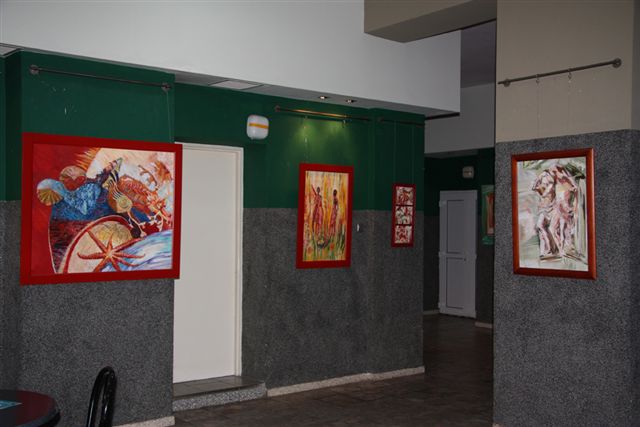Urban Nightlife
페이지 정보
작성자 Magaret 작성일 25-01-13 15:21 조회 16 댓글 0본문

Urban Nightlife
When did nightlife begin?
Urban nightlife, as we perceive it at present, began to take shape within the late 19th and early twentieth centuries, particularly in main cities all over the world.
The Rise of Urban Nightlife
During this time, industrialization and urbanization led to a major enhance in inhabitants density in cities. With more individuals dwelling in urban areas, the demand for 하이오피사이트 leisure choices after darkish grew.
Key Influences
Several components contributed to the event of nightlife:
- Prohibition Era (1920-1933 in the U.S.) - This led to the rise of speakeasies and underground bars, creating a vibrant and somewhat illicit nightlife scene.
- The Jazz Age - The Twenties noticed the emergence of jazz clubs, which played a vital function in shaping urban nightlife, particularly in cities like New York and Chicago.
- Nightclubs and Dance Halls - Post-World War II, the institution of nightclubs and dance halls grew to become popular, providing areas for socializing, dancing, and live music.
Modern Nightlife
Today, urban nightlife encompasses a selection of experiences, together with bars, clubs, late-night eateries, and cultural occasions, reflecting the varied pursuits of city populations.
Why do most nightclubs fail?
Most nightclubs fail due to a mix of things that can adversely affect their sustainability and attraction in the aggressive urban nightlife scene.
1. Poor Location: A nightclub's location performs a important function in its success. If it's located in an area with low foot visitors or minimal nightlife activity, it may wrestle to draw patrons.
2. Ineffective Marketing: Many nightclubs fail to create a strong brand presence or adequately promote their occasions. Without efficient advertising strategies, they may not attain their audience.
3. Inconsistent Experience: Patrons count on a sure degree of service and atmosphere. If a nightclub fails to ship a consistent experience when it comes to music, lighting, and service, it might possibly result in a decline in regular customers.
4. High Operational Costs: The bills associated with operating a nightclub—including rent, staffing, and inventory—can be significant. If these prices aren't managed correctly, they can shortly eat into profits.
5. Lack of Differentiation: In a saturated market, nightclubs that fail to offer one thing unique could wrestle to stand out. A lack of distinctive options or themes can result in decreased patron interest.
6. Failure to Adapt: The nightlife trade is ever-evolving. Clubs that don't keep up with changing music trends, buyer preferences, and expertise can easily fall behind, losing their relevance.
7. Regulatory Challenges: Nightclubs typically face stringent laws concerning noise, alcohol licensing, and capability limits. Navigating these legal hurdles may be difficult and dear.
In summary, a nightclub's failure usually outcomes from a mixture of poor preliminary selections, inability to adapt, and failure to create a memorable expertise for its clients. Addressing these points can enhance the chance of success within the urban nightlife panorama.
What is the that means of metropolis club?
A city membership usually refers to a non-public establishment inside an city area that offers a variety of facilities, companies, and entertainment choices for its members. These clubs can operate as social hubs where people collect to chill out, community, and enjoy nightlife activities.
Features of a City Club
City golf equipment typically provide:
- Dining services: Restaurants and cafes that serve various cuisines.
- Entertainment: Live music, dance flooring, and special events to interact members.
- Networking opportunities: A platform for professionals to fulfill and kind connections.
- Exclusive occasions: Members-only gatherings, events, and celebrations.
Urban Nightlife Experience
In the context of urban nightlife, metropolis clubs serve as vibrant venues that contribute to the city's after-dark financial system. They play a big role in enhancing the social material of city residing by offering areas the place individuals can unwind and benefit from the dynamic environment of city life.
댓글목록 0
등록된 댓글이 없습니다.
